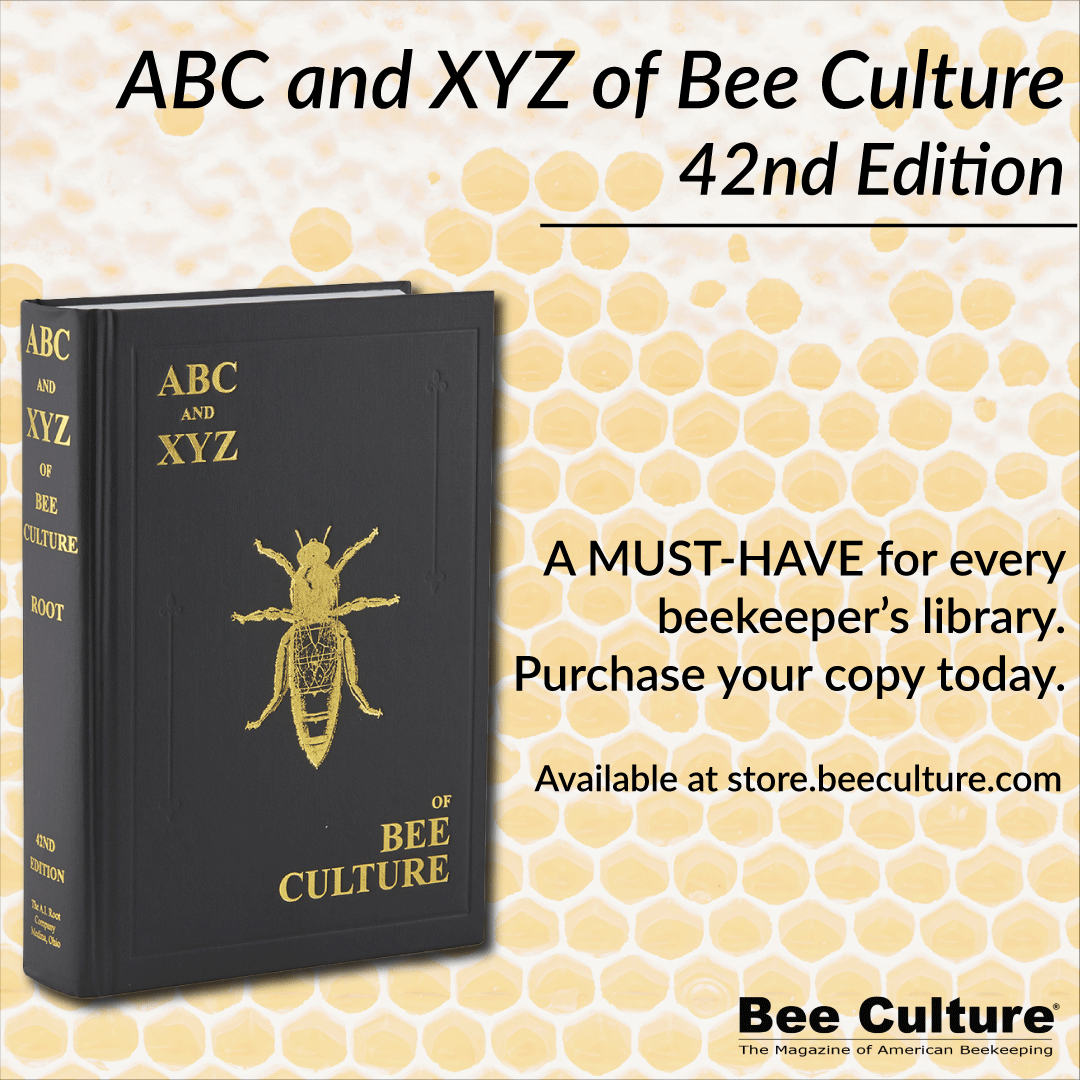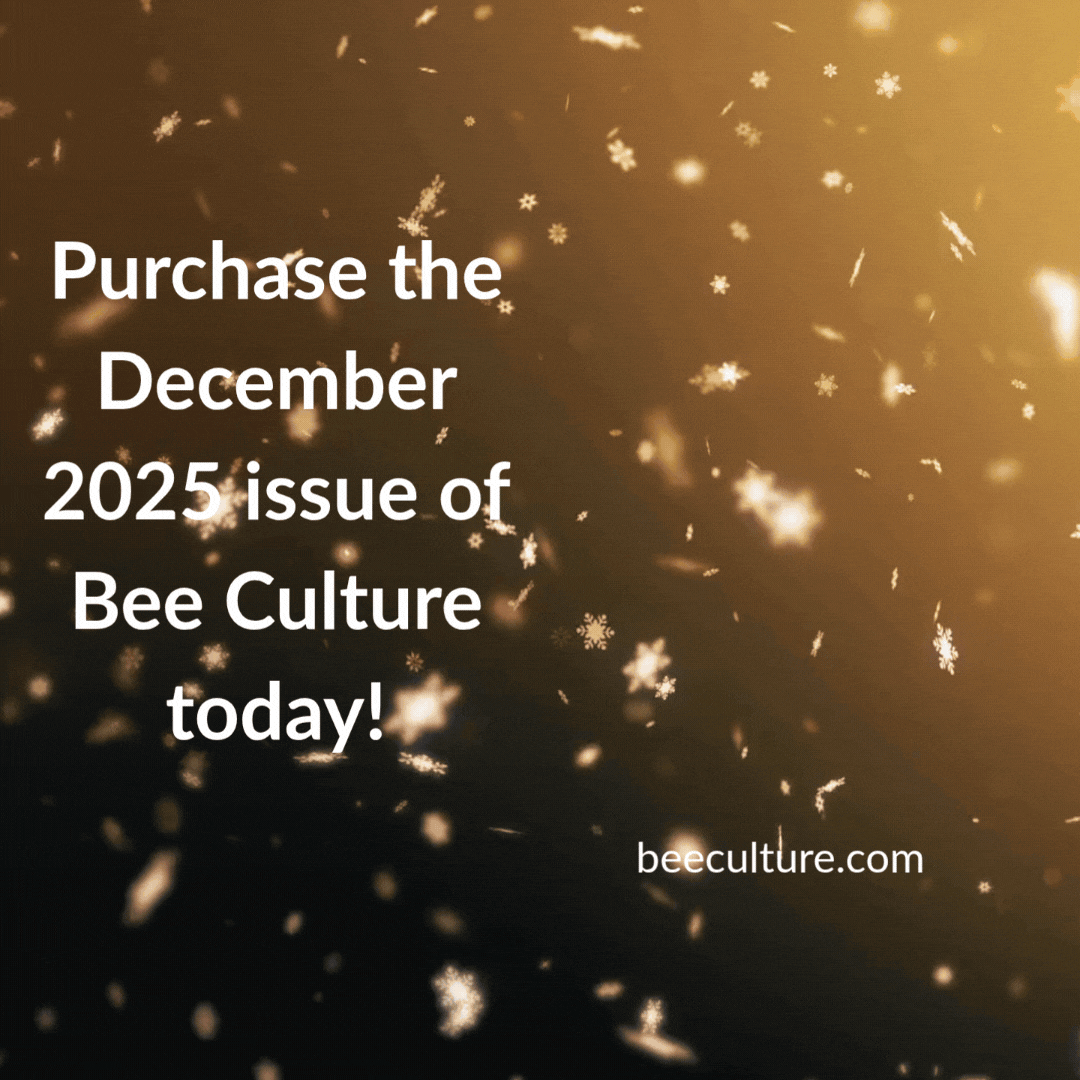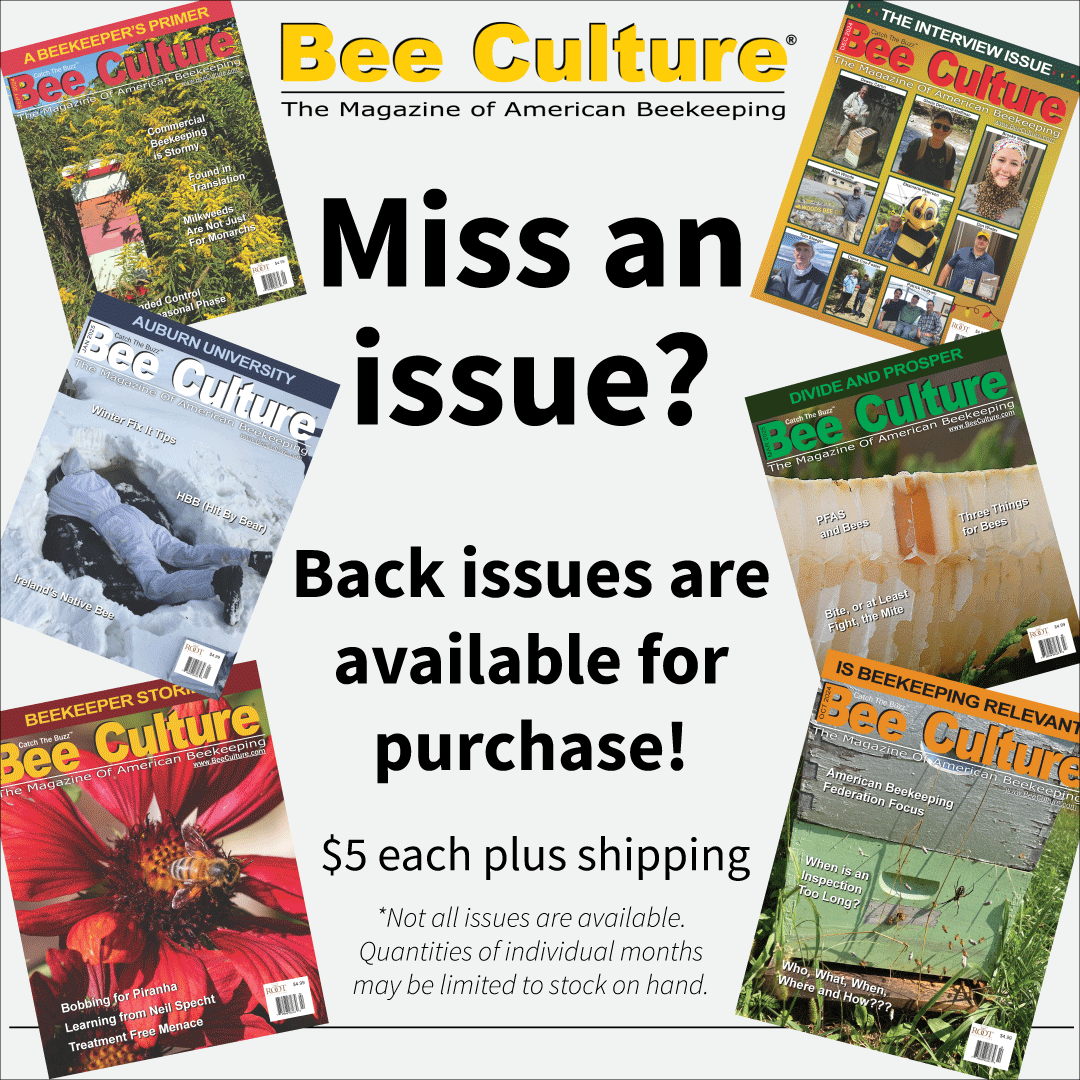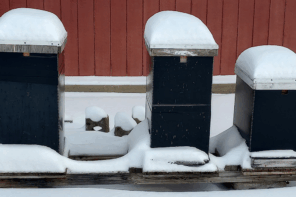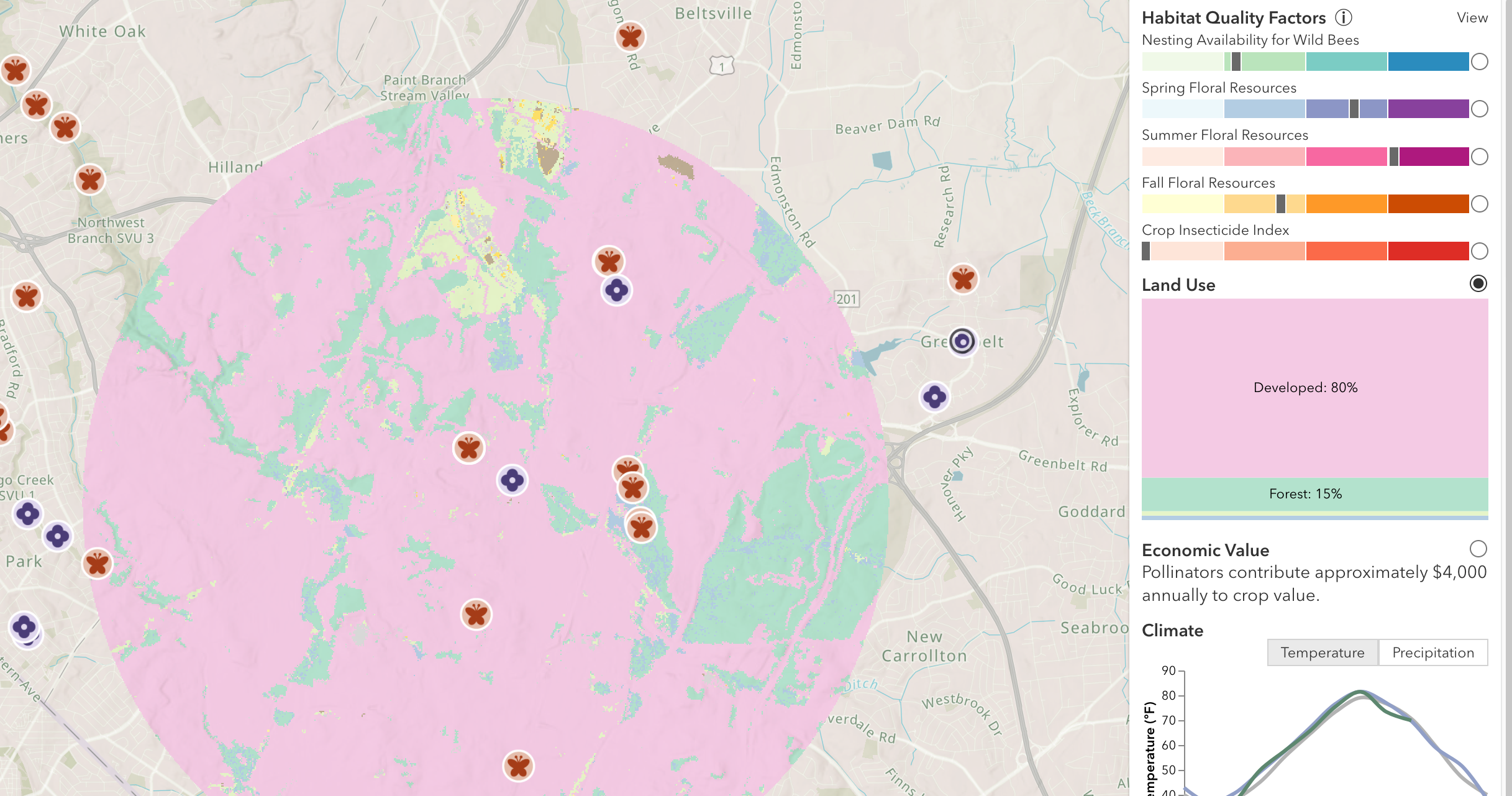By: Denise Roesler-Cunningham
This article originally appeared in the Winter 2020 issue of BEEKeeping Your First Three Years
My husband was trying to get my attention, but he was on the Kubota with the engine running. I shook my head, shrugged, and started walking in his direction. He finally throttled down and pronounced, “Hey, something is wrong with your bees.”
This is my second season as a beekeeper. I started with two hives, but even before Winter hit in late 2019, I was down to one. It was a less than auspicious beginning. I was stung 30 times in one day. My apiary is 32 miles from our home. I immediately took four Benadryl and called hubby: “If I don’t make it home, I may have died from 30 bee stings or a Benadryl overdose. You can have the coroner investigate both options.” That evening, while I iced my many welts, I searched on-line for a full-body bee suit.
I requeened. They dispatched the new queen and were adrift on a dead sea without pheromones for a time. Another requeening attempt was an abject failure – they had devolved to laying worker status. By October, I shook out the frames and closed up this hive.
In the meantime, my other hive swarmed. Things just weren’t going great, but my Varroa counts were wonderful due to brood breaks. It’s the little successes, right? I was fairly discouraged, though. Things usually aren’t this difficult for me! I had attended a beekeeping workshop before I ever got started. I read Bee Culture and American Bee Journal. I went to bee club meetings and observed hive inspections at the club apiary. At one of those, I mentioned to someone that I didn’t want to be responsible for thousands of bee deaths. He responded with a knowing snort, “I’m up to the high six figures.” Now I definitely had killed or “lost” thousands of bees. My apiary was shrinking. I hadn’t collected any honey. By the end of the year, all I had to show for my new, pricey hobby were two beeswax candles.
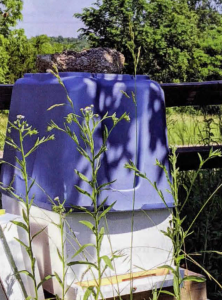
I had one box for the swarm, but nothing to cover the bucket feeder, so a plastic tote would have to do.
The new year meant a new cycle of bee club meetings. February is when the club’s annual workshop happens, but I didn’t attend since I’d been last year. I am old-school and take lots of notes, however, so I reviewed those from the previous workshop. Among the presentations for beginners were the “10 Rules of Beekeeping,” by Kim Flottum and “The Biology of Beekeeping,” by Rebecca Masterman and Ana Heck of University of Minnesota. I re-read First Lessons in Beekeeping, by Keith S. Delaplane, and Backyard Beekeeper, by Kim Flottum. As I reviewed all this, I could think back to what happened last year and use that firsthand experience for reference. And I allowed myself this truth: I wasn’t going to be a perfect beekeeper.
About the time that I started hearing about coronavirus, I was doing a reverse of the hive that survived Winter. Then the WHO declared a global pandemic and the world stopped. No more in-person bee club meetings. This presented me with a dilemma. I really wanted to split the hive that was growing stronger by the day, but did I want a local queen or an out-of-towner? Or should these good girls be encouraged to grow their own queen? After consulting my notes and literature I felt confident in trying a walk-away split. It couldn’t go any worse than my myriad first year mis-steps. Worst case scenario, I would recombine the two hives.
It occurred to me that Covid-19 might be making me a better beekeeper. Last year I relied on meetings and asking others what I should do if x or y happened. All of those things helped me build knowledge, of course, but social distancing was forcing me to think for myself and consult my knowledge base rather than having someone else give me the answer. It definitely was worth the price of admission last year to hear those presentations, receive the printed references and, of course, have internet access to things like the Honey Bee Health Coalition.
I did the walk-away split. The girls grew many queen cells. I didn’t want to tempt fate, so I left all of them. (You might be able to sense where this is going.) This brings me back to my husband’s exclamation about something being wrong with the bees. Just about the time that queens would be emerging, that little split swarmed. My husband had noticed the bee maelstrom in the air. I suited up and recaptured my own swarm. A couple more lessons learned.
As I’m writing this, communities are relaxing their stay-at-home orders, but it feels like things won’t be back to normal for a while. There aren’t any bee club meetings on the calendar. I did my part for the economy, though – my stimulus money went to 130 native perennials and more beekeeping equipment. Now I have three hives instead of one. While I’m waiting to see if a second wave forces us all back into quarantine, I’m readying my new equipment for future swarms or splits so I don’t have to improvise other solutions. It’s not perfection, but I’m hoping to sync up to the rhythm of the hive and have a better second season.


